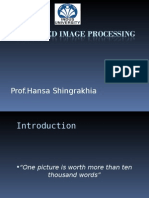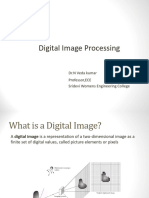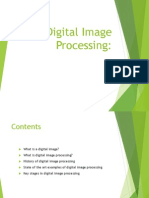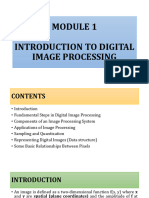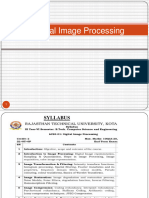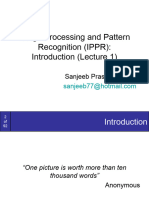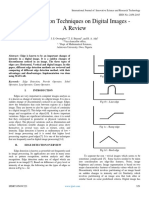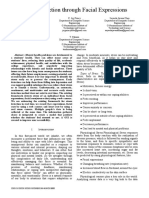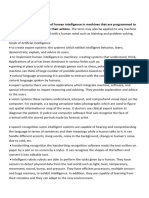0% found this document useful (0 votes)
139 views69 pagesChapter-1 Introduction To Digital Image Processing
The document provides an overview of digital image processing, detailing its definition, history, and various applications across fields such as medicine, industrial inspection, and law enforcement. It outlines key processes including image acquisition, enhancement, restoration, morphological processing, segmentation, and representation, along with techniques for color image processing and compression. The content emphasizes the importance of image processing in improving image quality and enabling machine perception.
Uploaded by
manasvisingh1894Copyright
© © All Rights Reserved
We take content rights seriously. If you suspect this is your content, claim it here.
Available Formats
Download as PDF, TXT or read online on Scribd
0% found this document useful (0 votes)
139 views69 pagesChapter-1 Introduction To Digital Image Processing
The document provides an overview of digital image processing, detailing its definition, history, and various applications across fields such as medicine, industrial inspection, and law enforcement. It outlines key processes including image acquisition, enhancement, restoration, morphological processing, segmentation, and representation, along with techniques for color image processing and compression. The content emphasizes the importance of image processing in improving image quality and enabling machine perception.
Uploaded by
manasvisingh1894Copyright
© © All Rights Reserved
We take content rights seriously. If you suspect this is your content, claim it here.
Available Formats
Download as PDF, TXT or read online on Scribd
/ 69

















